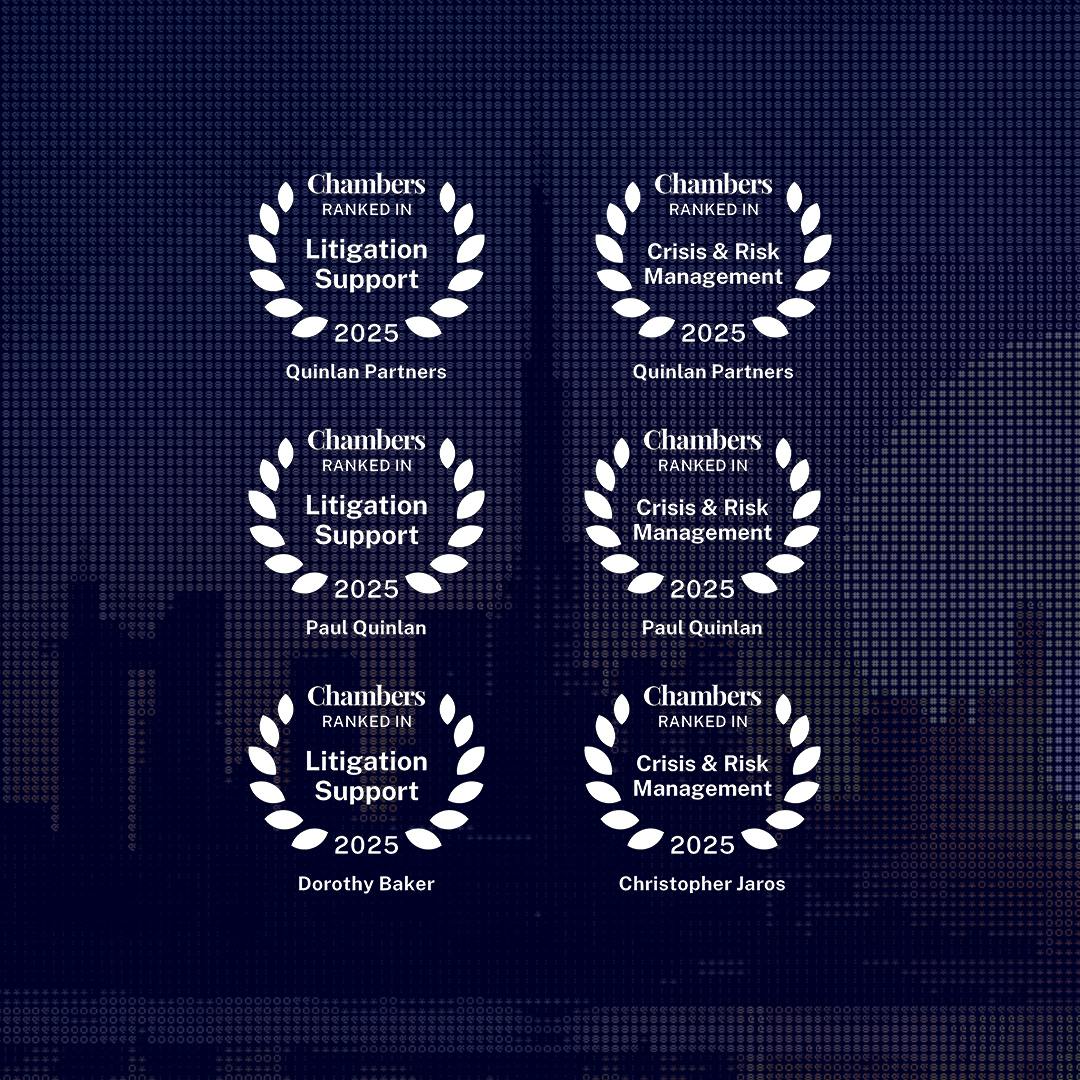Insights
Beyond Public Records: Effective Interviewing to Find the Known Unknowns

By Anita Huslin
Your client’s former advisor is on the warpath, brazenly claiming that the intellectual property on which the company’s fortune was built was stolen from him. As such, much of that fortune, he claims, belongs to him.
Who is this advisor, really? There was never any real background check conducted when your client brought him on board. LinkedIn shows he hopped around the industry for decades. You order a public record investigation, which reveals previously unknown stints at other companies and startups, some of them very short. All of them were omitted from his public biographies.
What happened at these places? Were they simply unsuccessful ventures or did something else go wrong? Were there ever other, similar disputes or accusations, over intellectual property or other matters, claims perhaps settled in arbitration or that otherwise never became a public record?
Nearly all corporate investigations start with a thorough search for relevant facts in open-source repositories of information, such as public records.
But what happens when the paper trail runs cold?
Look for people who might know more and continue the chase. To get to the story that hasn’t been documented, the investigator has to identify the people with potential first-hand knowledge, find them, and get them to talk.
I spent years knocking on doors, cold-calling, conducting impromptu interviews and formal sit-downs as a daily journalist for The Washington Post and NPR. But it wasn’t until I segued into corporate investigative work that I fully appreciated how often interviews with primary sources could help fill in the blanks and unearth the narratives and patterns underlying the details or threads of information. Public records, documents, and data could confirm or quantify what happened, but often only after someone pointed you in the right direction or told you where to look or what to ask.
For instance, there were many such people who had been working for investment houses, banks, insurance and accounting firms leading up to the 2008 mortgage crisis. They knew how the new high-risk mortgage products had been developed, packaged and promoted to consumers and the market. In dozens of interviews, many told me they had tried to raise flags, only to have their observations glossed over or ignored, even as the banks were collapsing.
Those interviews provided an incredible illustration of how failing to get actionable information - before the fact - can be catastrophic. I learned new approaches to interviewing, finding the right doors to knock on and then getting subjects to open up about what they knew. The results created a different kind of record, one that emerged from the first-hand knowledge and experiences of people who were there, in the middle of it all.
Of course, unlike a public record, an interview’s value hinges in large part on how it is conducted. Here are some of the approaches that interviewers employ to glean facts and insights that might otherwise be unknowable:
- Be interested and honest. Every interviewer develops their own style, but a universally good starting point is to present yourself as open, curious, respectful, and honest. Interviewers who come across as uncertain, evasive or – even worse – like a bored telemarketer reading from a script, won’t get much time or conversation, much less information.
- Gather background on the subject before you reach out and begin the conversation with why you’re particularly interested in talking to them. Make it clear that you’re not just randomly knocking or cold-calling and that you believe they’d have insights based on their direct knowledge and experience.
- Start with context. How do they fit into a company or matter within a particular period of time? Were they part of the power structure who created the strategy, or an operator who executed it? How important was their role in what was going on? What were they in a position to know first-hand, and what is just watercooler talk?
- Listen for clues as to where they’re coming from: Are they suspicious, confrontational, reticent, or gossipy? Cheerleader or ax-grinder? Use that information to calibrate your approach and listen for details that provide a handhold to the next question.
- Be agreeable, but neutral. Encourage commentary without taking sides. Ask them to explain how they know what they know and why they believe what they do. Ask for evidence and examples to back up their assertions and names of others who could corroborate or fill out the picture further.
- Avoid talking over the person or rushing to the next question, and don’t hesitate to interrupt them if they ignore questions or meander off on tangents. Keep the interview on track and drill down on the important questions. Control the direction and cadence of the conversation.
- Leave the door open for follow-ups. In your next interview, you may learn other details that don’t agree with what this subject just told you. Ask whether the person would be open to your contacting them again for fact-checking or any clarification; it will improve your chances of getting a response.
Perhaps the most important element of interviewing is recognizing that everyone has an inherent bias.
Akira Kurusawa’s groundbreaking film Rashomon tells a crime story from the perspectives of four different individuals. The question seems fairly black-and-white: who murdered the samurai and why? Each character has their own take on the same event, colored by their own experiences and points of view. The truth comes from reading between the lines. No one person has all the answers.
Investigations should always start with an exhaustive review of public records and open sources. But to develop a complete set of facts, investigators must find what’s not public record: the unknowns that are known only to those who witnessed events or know first-hand. Interviews, when done properly, can unearth these insights and facts and mean the difference between an investigative dead-end or breakthrough.


